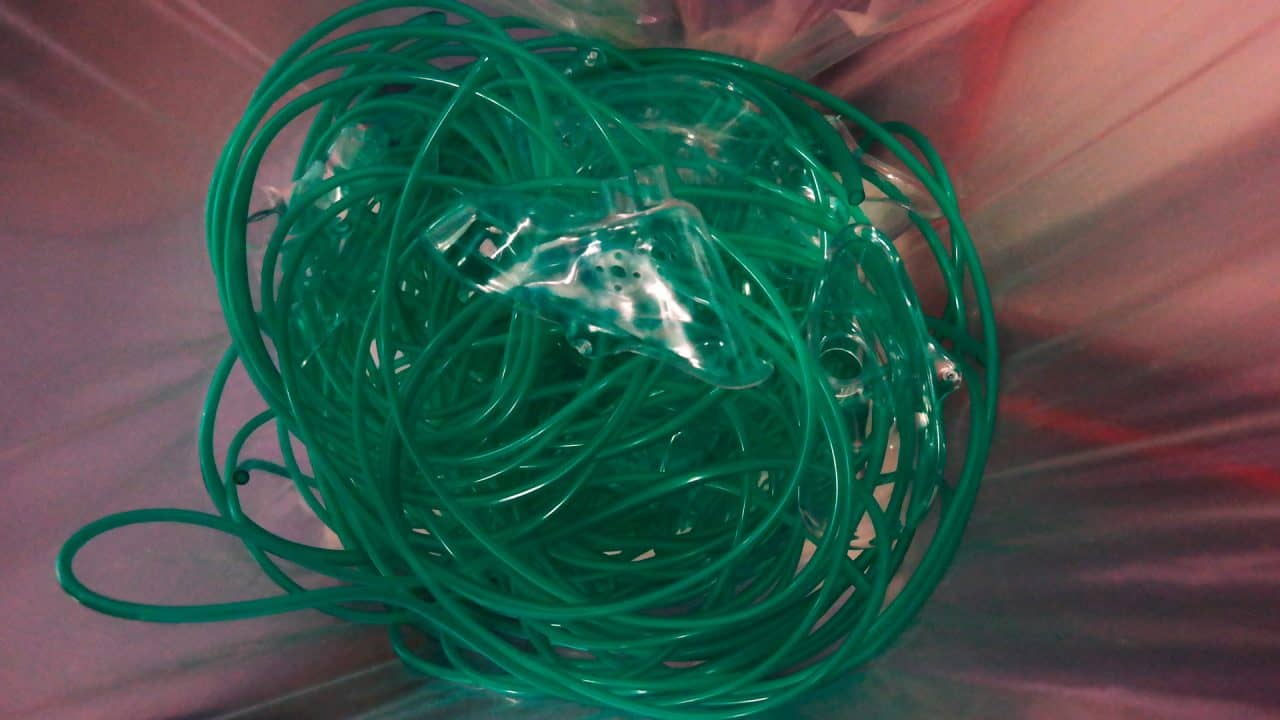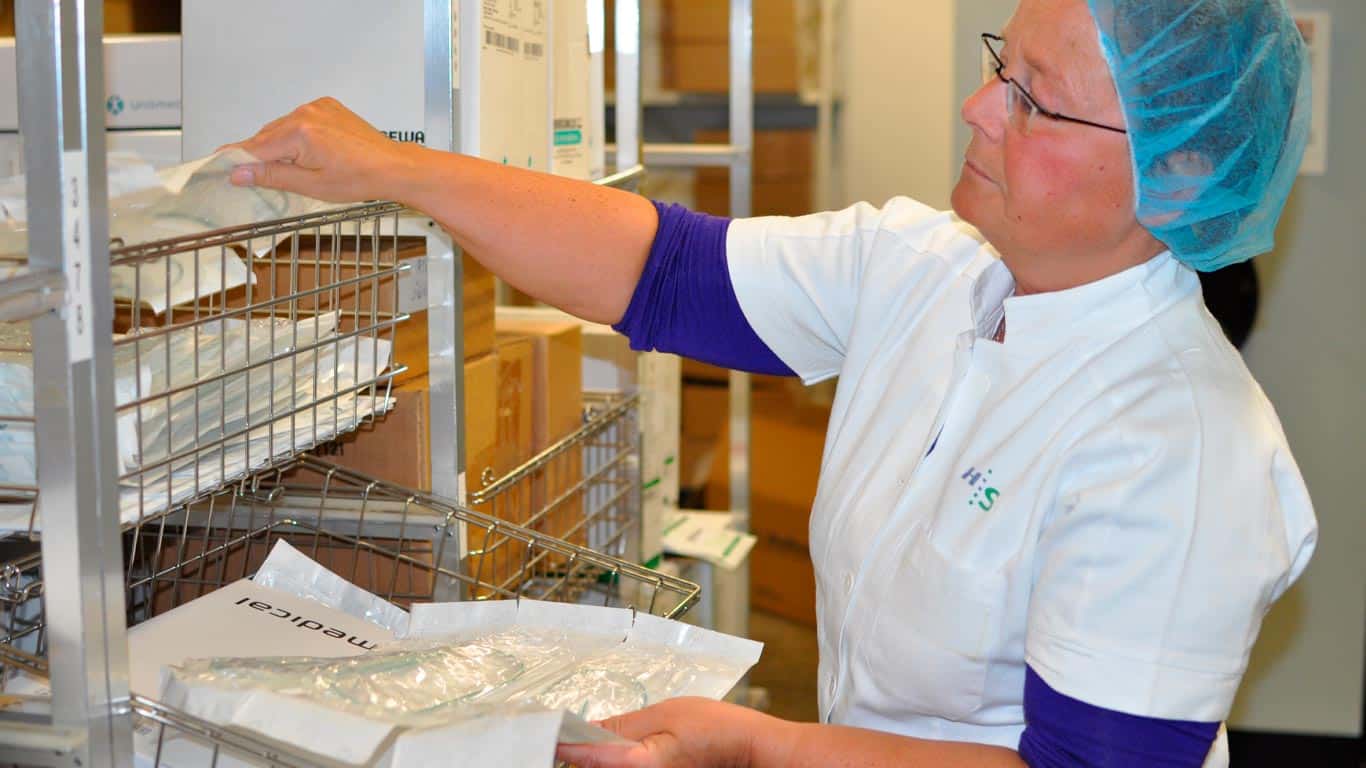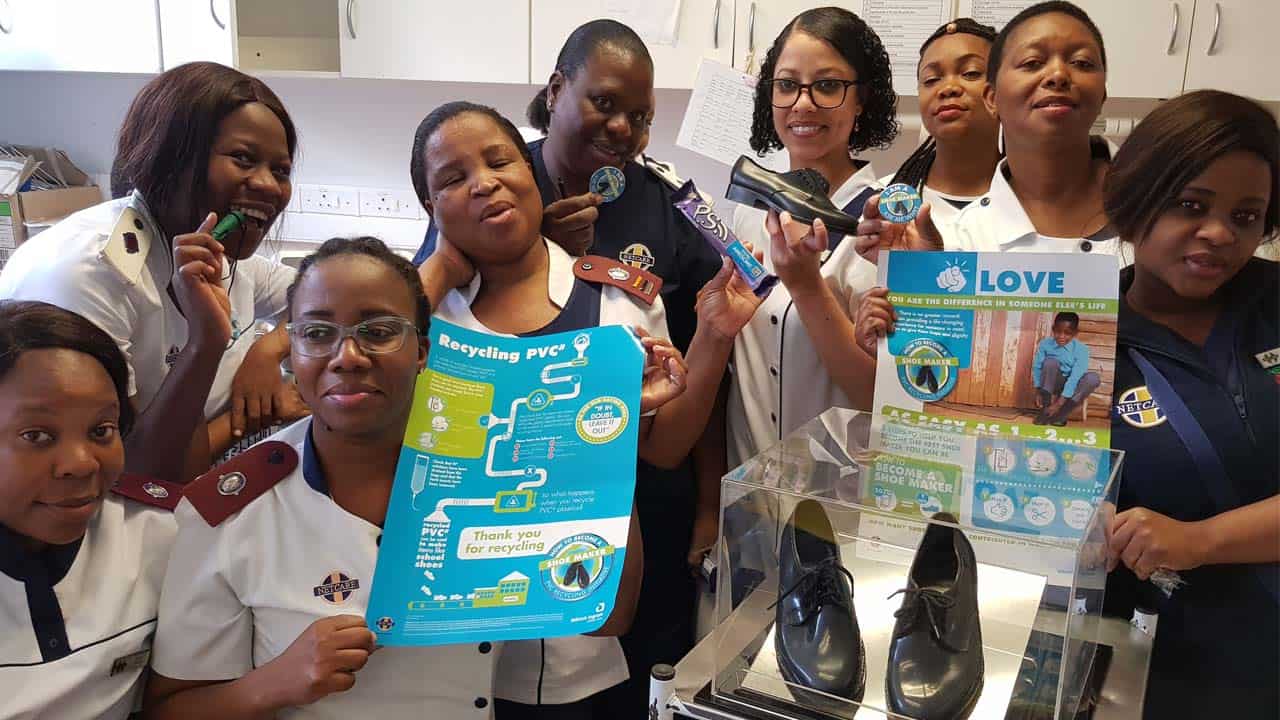
How medical plastics waste is turned into school shoes
12/11/2019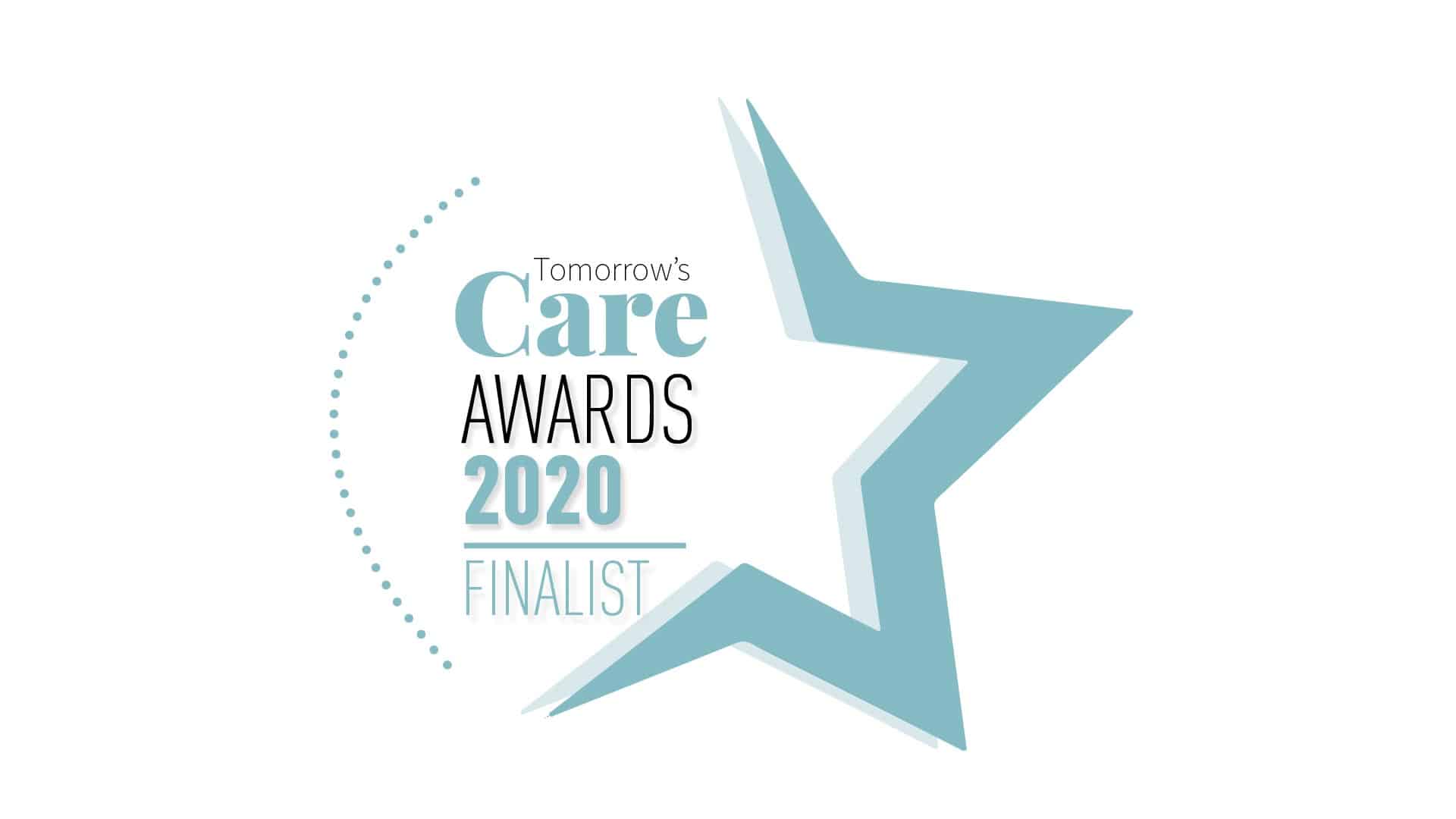
PVCMed Alliance shortlisted for healthcare award
13/01/2020Interest is growing in the recycling of hospital plastic waste and nurses’ commitment to collecting and recycling these materials is crucial to the ‘green transition of healthcare’, delegates at a recent workshop in Copenhagen, Denmark heard.
Held at the Danish Technological Institute on November 25, opportunities and the challenges for how to recycle hospital plastic waste were discussed by representatives from medical devices manufacturers, hospitals, nurses, the Danish Environmental Protection Agency, the Danish Medicines Agency and PVCMed Alliance.
Disposable plastics-based medical devices and the key role they play in modern healthcare since their emergence in the 1960s was highlighted by Ole Grøndahl Hansen, Project Manager of PVCMed Alliance, which organised the workshop with the Danish Technological Institute and Ambu A/S. PVC was the focus for the workshop, being the most widely used plastic type in hospitals.
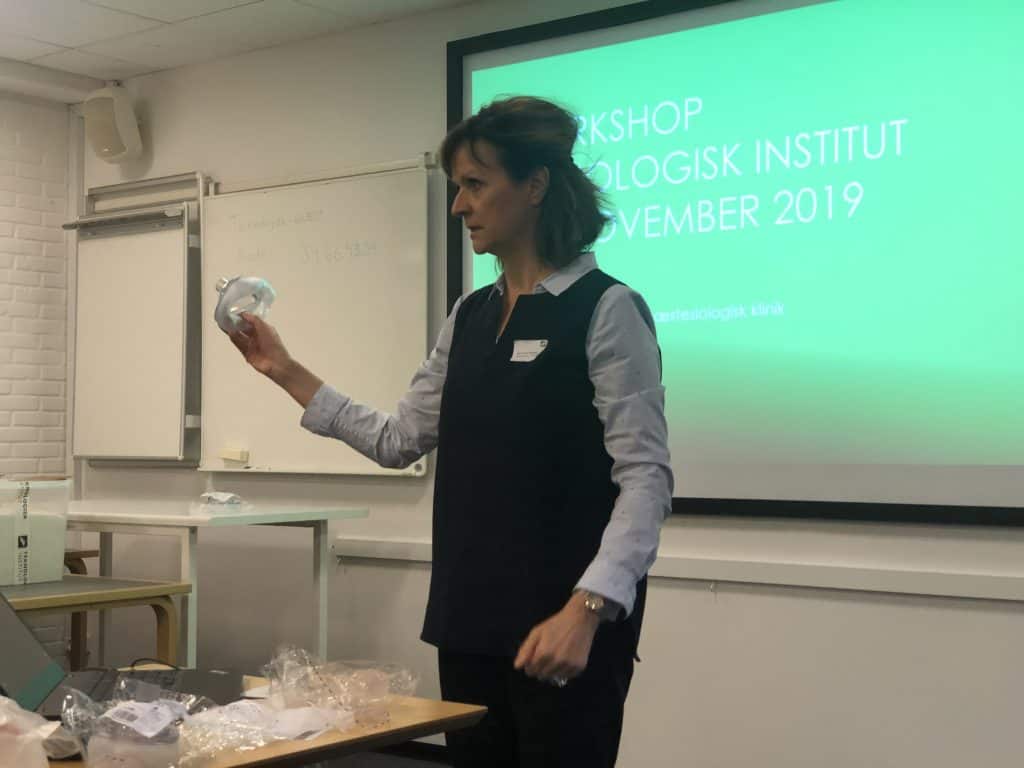
Green transition starts with the nurses
Heath professionals’ commitment is ‘crucial to the green transition of healthcare’. Nurse Mette Skriver Revsbech from Copenhagen University Hospital pointed out how much plastic waste is generated after just five surgical procedures. She explained this amount makes it visible to the nurses that action on plastic waste is required. That’s why it was easy to convince colleagues to participate in a project where the goal was to collect 2,000 used oxygen masks, which was reached in record time.
The importance of nurses’ involvement was emphasised by Tobias Johnsen of PVCMed Alliance, who showed examples of recycling from elsewhere in the world. In Australia, New Zealand, South Africa, Guatemala and the UK, it was ‘striking’ that it was nurses who had initiated plastic collection schemes.
Also, it’s essential to engaging busy nurses’ extra efforts and commitment that useful products are made from the recyclate. A compelling example of this was the school shoes displayed at the workshop. Only 20 IV bags are needed to make a pair of 100% reusable shoes, which are handed out to some of the 5 million South African children living in deep poverty.
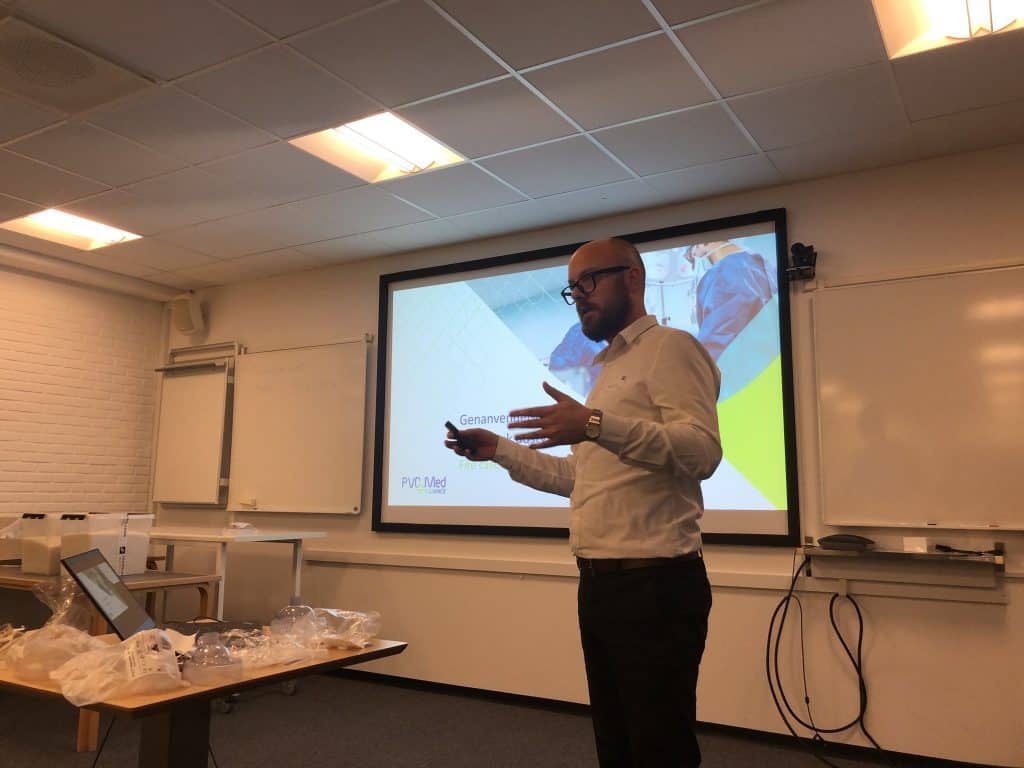
Design for recycling
The main challenge in plastic recycling is the many types of plastics available; this makes both sorting and recycling difficult. It is therefore crucial that the products are designed with recycling in mind. Annette Bitz from Ambu presented a new design manual where the main message is that, as far as possible, the medical equipment should be designed in one polymer.
This was backed up by plastics expert Peter Sommer-Larsen from the Danish Technological Institute who exemplified good and bad design in oxygen masks. An oxygen mask consists of a soft and hard part. It can be made either in PVC of varying softness, or of two different types of polymers. Choosing the last option means recycling is impossible, partly because of the plastics’ different melting points.
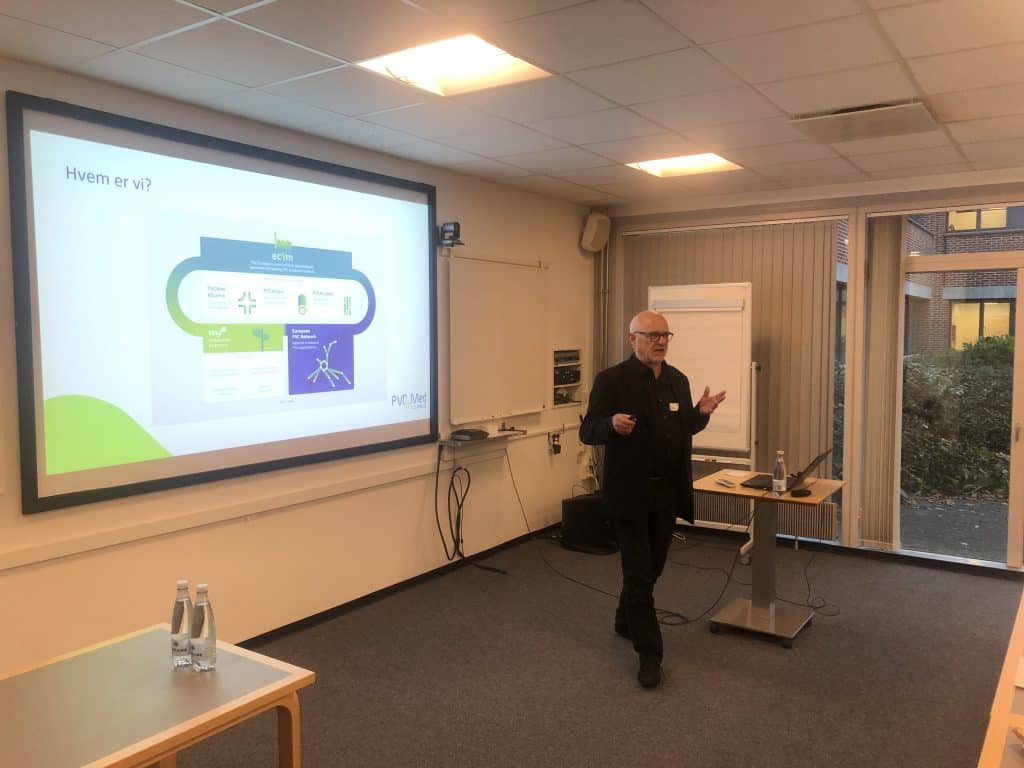
Should the plastic be sorted by nurses or robots?
How to sort the plastic waste was a key discussion point. Bjørn Brix Pedersen from the Capital Region of Denmark said their region has chosen a solution where the plastic is collected at the hospital without further sorting. Sorting is done outside the hospital due to space considerations.
Robot expert Jacob Kortbek from the Danish Technological Institute demonstrated how artificial intelligence and robotic technology could potentially make sorting more efficient in the future, as it is possible to sort the different types of plastics.
PVCMed Alliance argued – based on experiences from ongoing medical PVC collection schemes around the world – for a more low-cost solution where sorting could take place in the respective hospital departments. Every hospital could use its own granulator that simply crushes the plastic.
Sufficiently large quantities of recyclate can then be sold to a recycler. Such a practice poses no particular risk of infection. Hospital waste is handled exclusively by professional nurses who know which patients could pose a risk. Likewise, the experiences from Copenhagen University Hospital and around the world show that missorting is extremely rare.

